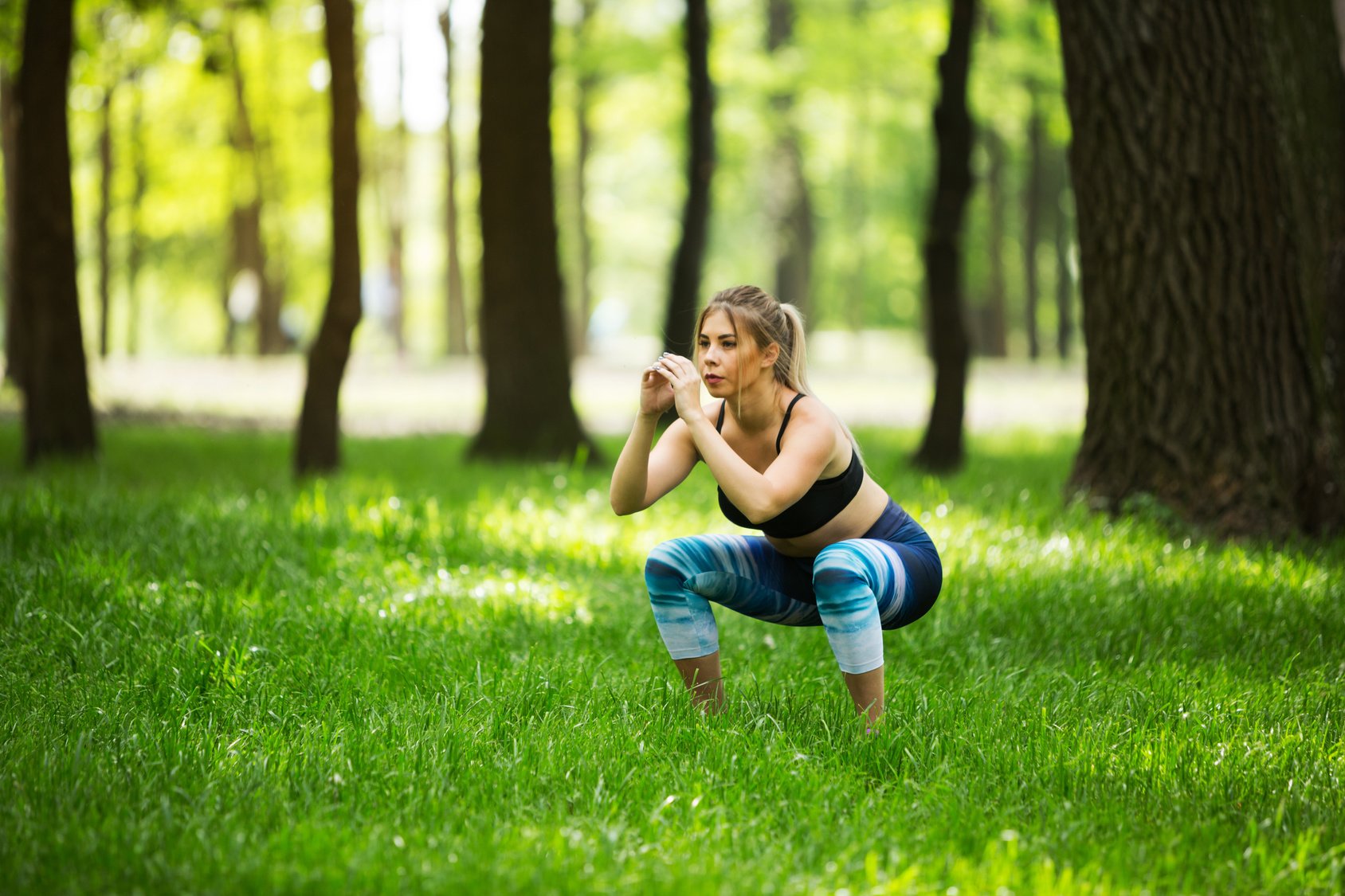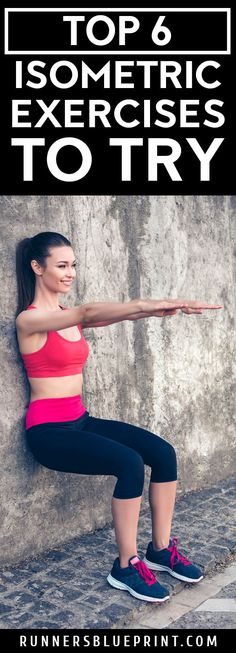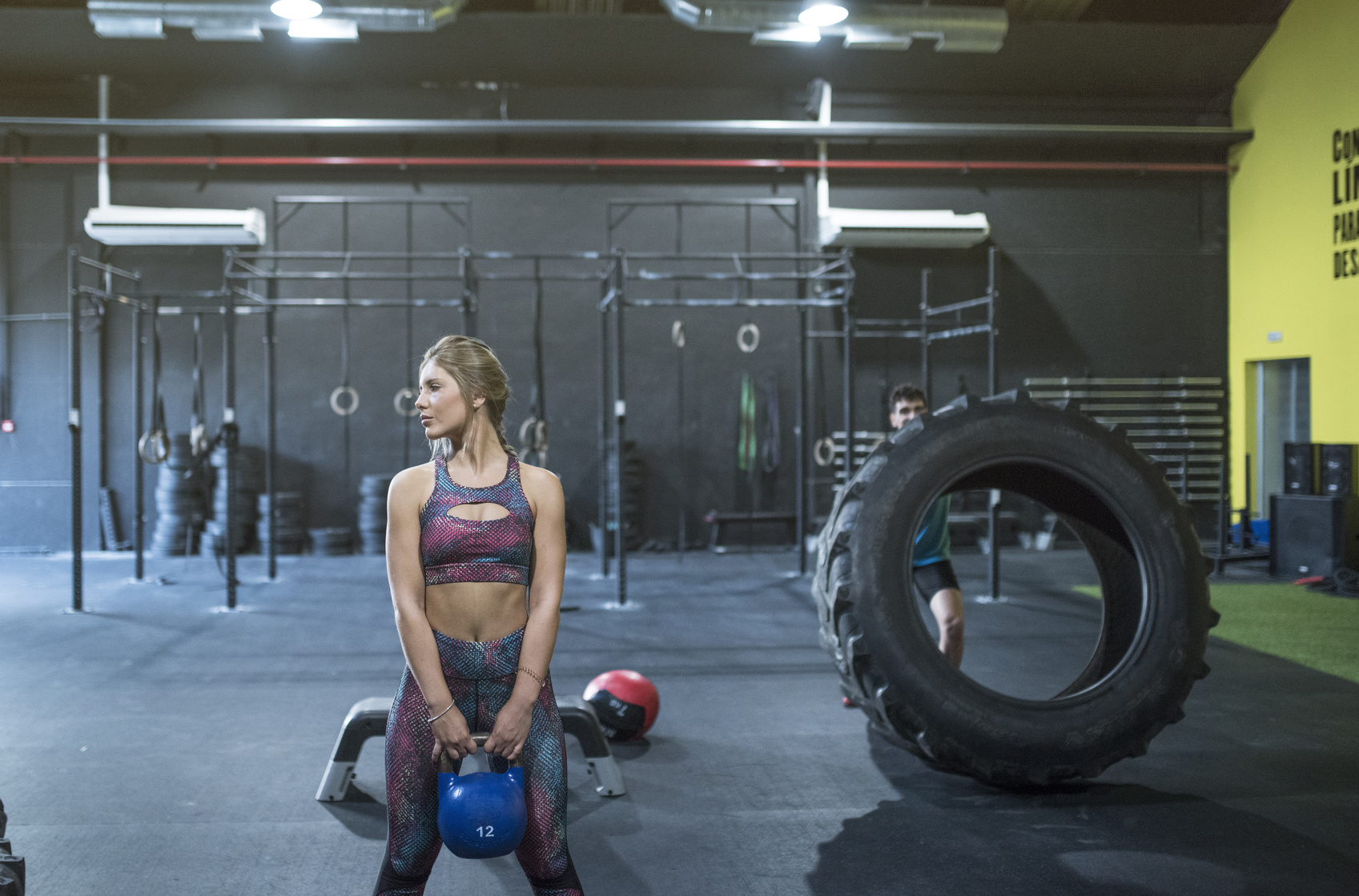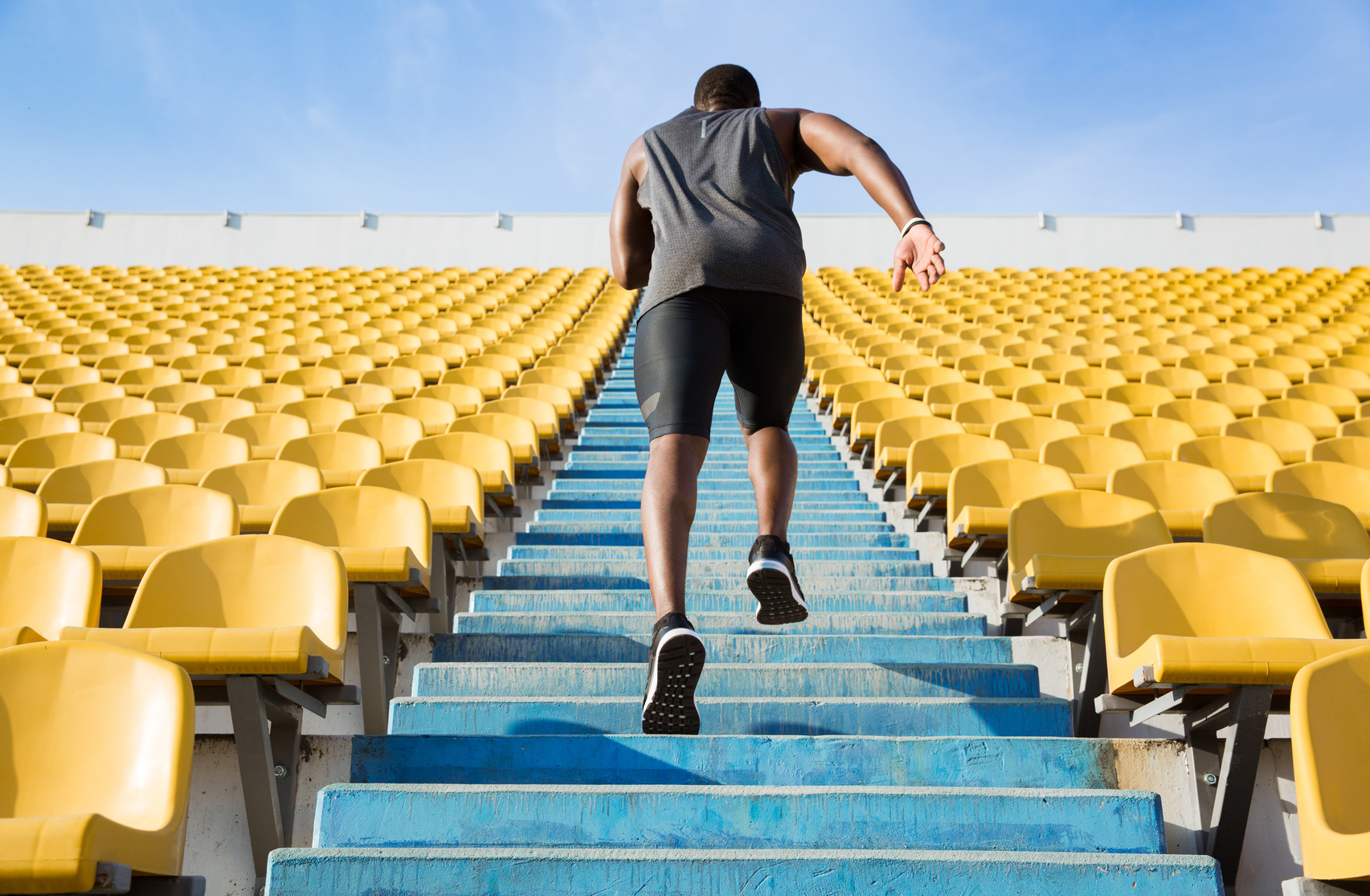If you’re yearning to inject a dose of excitement into your workout routine, you’re in for a treat! Whether you’re a beach bum or a landlocked fitness enthusiast, this guide is here to light up your exercise routine like a summer sunrise.
Today, I’m thrilled to spill the beans on some fantastic exercises that can turbocharge your strength, speed, and agility, all while you bask in the sandy embrace of the beach.
Now, you might wonder, “Where can I partake in these sandy delights?” Well, of course, the beach is the ultimate playground, but fear not if you don’t live seaside! A long jump pit or a sand volleyball court can serve as your fitness canvas as long as there’s sand beneath your toes, ample space, and a safe workout environment.
Ready? Let’s go!
Benefits of Sand Workouts
Sand workouts can offer a range of advantages that make them an excellent addition to your training routine.
Here’s why you should consider incorporating them into your training plan:
Lower Body Strength:
Running in the sand engages the muscles below the knee, including your ankles and toes, in unique ways that flat surfaces can’t replicate. The added resistance of the sand challenges these muscles, making them stronger and more resilient.
Stabilizer Muscles:
Sand workouts require you to constantly adjust your balance as the sand shifts underfoot. This engages your stabilizer muscles, which are often underused in regular running. Strengthening these muscles can enhance your overall stability and reduce the risk of injury.
Increased Challenge:
Performing bodyweight exercises on sand adds an extra layer of difficulty due to the resistance it provides. It pushes your muscles to work harder, making your workouts more challenging and rewarding.
Speed and Agility:
Sand’s resistance forces your muscles to adapt and become more powerful. This can translate to improved speed and explosiveness in your running, helping you become a faster and more agile athlete.
Beach Vibes:
If you’re fortunate enough to live near a beach, sand workouts offer a refreshing change from the gym’s monotony. Exercising in the sun and natural surroundings can boost your mood and add a new dimension to your fitness routine.
Minimal Equipment:
One of the best things about sand workouts is that they require very little equipment. You’ll need your running shoes (or you can go barefoot), your body weight, and, of course, sand. It’s a convenient and accessible way to challenge both your aerobic and anaerobic systems.
Choose the Right Beach
Choosing the right beach is a crucial first step when planning your sand workout. Not all beaches offer the same conditions, and your choice can significantly impact your experience.
Beaches can vary widely in terms of their surface. Some may have slanted or uneven terrain, while others could be littered with rocks and debris, which can be uncomfortable.
While it might seem like soft sand would be easier on your muscles and joints, it can actually be quite challenging to run on. Soft sand has a lot of “give,” making each step more demanding and increasing the risk of foot and ankle injuries, especially if you’re not accustomed to it. For a safer and more comfortable workout, opt for firmer sand, which provides adequate cushioning without the added strain.
What’s more?
Wet sand near the water’s edge is often the best choice for a sand workout. It offers a firm yet supportive surface that’s easier on your body. Start your runs here, and as your lower body strengthens and you become more accustomed to running in the sand, you can gradually progress to softer sand if desired.
Additional resource – Trx exercises for runners
Protect Yourself from The Sun
Beach running comes with its own set of challenges, including exposure to direct sunlight. Protecting your skin from the sun is essential to avoid sunburns and reduce the risk of skin issues, including skin cancer.
For starters, apply a broad-spectrum sunscreen to all exposed areas of your skin. Opt for a sunscreen with a high SPF, ideally 50 or higher, and make sure to apply it generously. Reapply as needed, especially if you’re sweating. Sunscreen is your primary defense against harmful UV rays.
Try to schedule your beach runs during the early morning or late evening when the sun’s intensity is lower. Avoid running during peak hours, typically between 10 a.m. and 4 p.m., when the sun’s rays are at their strongest.
What’s more?
Wear lightweight, long-sleeved shirts to cover your arms and upper body. Consider adding a running hat or visor to shield your face from the sun. Sunglasses with UV protection can also help protect your eyes and the delicate skin around them.
Depending on your preferences and needs, you may want to invest in specialized beach running gear. For example, women may find athletic tankinis suitable for beach workouts as they offer both comfort and coverage.
Manage Your Expectations
Research indicates that beach running can burn up to 1.6 times more calories per mile compared to running on typical surfaces. This increased calorie expenditure is due to the added resistance of the sand, which engages your muscles more intensely.
That’s why you should adjust your pace. Beach running is significantly more challenging, so don’t expect to maintain your usual running pace. Be prepared to slow down and adjust your expectations. It’s essential to listen to your body and prioritize building strength and endurance over speed.
What’s more?
Running on soft sand can alter your running form, as it requires more effort to stabilize yourself. Pay attention to your form, engage your core, and maintain good posture to reduce the risk of injury.
Additional resource – One-mile training plan
The Right Start
For your initial beach runs, stick to the hard, wet sand near the water’s edge. This firm surface is more forgiving and easier to run on compared to soft, dry sand. Limit your first sessions to around 15 to 20 minutes to prevent overexertion.
Beach running places unique demands on your muscles and joints. Slowly increase your running time by adding 5-minute increments as your body adjusts to the sand. Be patient and prioritize a gradual progression to avoid overuse injuries.
While wet sand is an excellent starting point, don’t confine yourself to a single surface. As you gain confidence, incorporate short intervals (2-3 minutes) on the softer, drier sand. Afterward, switch to jogging or walking on the firm, wet sand to aid in recovery.
Although beach running offers fantastic benefits, refrain from doing all your runs on the beach, especially as a beginner. Overdoing beach running can increase the risk of Achilles tendon and ankle issues. Maintain a balanced training program that includes various surfaces.
Barefoot or Not
Beach running, with its pristine scenery and invigorating feel, can be an incredibly rewarding experience. However, the choice of whether to run barefoot or wear shoes is crucial, especially for beginners. Here’s a breakdown to help you make the right decision:
Running Barefoot
Pros:
- Offers a unique sensory experience as you connect directly with the sand.
- Strengthens foot muscles and enhances proprioception (awareness of body position).
- Provides a more natural running gait and encourages a midfoot or forefoot strike.
Cons:
- Requires calloused feet to avoid blisters and discomfort.
- Puts added stress on the plantar fascia, Achilles tendon, and calf muscles, increasing the risk of soreness or injury.
- Offers minimal protection against sharp objects in the sand, like rocks and seashells.
- May exacerbate or lead to issues such as Achilles problems, plantar fasciitis, or ankle sprains due to the lack of support.
Running with Shoes:
Pros:
- Provides support and cushioning, reducing stress on the feet and lower legs.
- Offers protection against sharp objects hidden in the sand.
- Suitable for runners who haven’t conditioned their feet for barefoot running.
- Reduces the risk of developing or aggravating foot and lower leg issues.
Cons:
- Limits the direct sensory experience of the sand.
- May encourage a heel strike, which can be less efficient than a midfoot or forefoot strike.
- Tips for Running with Shoes on the Beach:
- Opt for lightweight, flexible-soled trainers designed for natural movement.
- Choose shoes with a tight mesh to prevent sand from entering while maintaining breathability.
- Ensure a snug fit to prevent blisters and discomfort.
- Regularly inspect your shoes for sand and debris to maintain their performance.
Additional resource – How To walk 10,000 steps everyday
Stay Hydrated
Proper hydration is essential for a successful and safe beach run. Here are some key tips to help you stay hydrated before, during, and after your run:
Pre-run Hydration:
Aim to drink approximately one ounce of water for every 10 pounds of body weight in the three to four hours leading up to your run. This will help ensure that you start your run properly hydrated.
Be mindful of your timing to allow for a restroom break before you start your run.
Hydration During Your Beach Run:
For beach runs lasting longer than 30 minutes, it’s crucial to carry water with you or plan your route near water sources where you can hydrate.
Sweat Test for Hydration:
Perform a sweat test to gauge your hydration needs.
Here’s how:
- Weigh yourself before your beach run.
- Run as usual, and try to maintain your typical pace and effort.
- After your run, weigh yourself again.
- The difference in weight reflects the amount of fluid you’ve lost through sweating during your run.
To determine your fluid loss, know that 1 pound of body weight is approximately equal to 16 ounces (or 473 milliliters) of fluid. For example, if you lost 2 pounds during your run, you should aim to replace about 32 ounces (946 milliliters) of fluid.
Additional Tips for Hydration:
- Listen to your body and drink when you feel thirsty during your run.
- Consider carrying a hydration belt or handheld water bottle to stay properly hydrated while running.
- In hot and sunny conditions, you may need to increase your fluid intake to account for increased sweat rates.
- Rehydrate after your run by drinking water or a sports drink with electrolytes to replenish lost fluids and minerals.
Stay Safe
Safety should always be a top priority when embarking on your beach running adventures.
Here are some essential safety tips to keep in mind:
- Start Gradually: If you’re new to beach running, begin with shorter workouts lasting no more than 20 to 25 minutes. As you build strength and endurance, gradually increase the duration and intensity of your runs. This gradual approach reduces the risk of injury.
- Protective Gear: Protect yourself from the elements. Wear sunglasses to shield your eyes from glare, a hat to provide shade, and apply sunscreen to prevent sunburn, especially in exposed areas.
- Stay Hydrated: Carry a water bottle with you during your beach run to ensure you stay well-hydrated. Dehydration can lead to fatigue and other health issues.
- Footwear: Choose appropriate footwear for beach running. Lightweight, flexible-soled running shoes offer support and protection while allowing you to adapt to the unstable surface.
- Foot Care: Pay attention to your foot health. Running on sandy terrain can lead to blisters or discomfort if your feet aren’t used to it. Ensure your feet are in good condition, and consider using moisture-wicking socks to reduce friction.
- Beach Conditions: Be aware of the beach conditions. Not all beaches are the same. Some may have uneven terrain, hidden obstacles like rocks or seashells, or soft sand that can be challenging to run on. Choose your running area wisely.
- Timing: Avoid running during the hottest part of the day when the sun’s intensity is at its peak (usually between 10 a.m. and 4 p.m.). Opt for early morning or late afternoon runs when it’s cooler.
The 30 Minute Beach Running Workout
Looking for an effective and challenging beach running workout? Try this 30-minute routine that combines sprints, strength exercises, and a cool-down for a complete beach workout experience.
The Warm-up
Start your workout with a proper warm-up to prepare your body for exercise. Begin with a slow jog for 5 to 10 minutes to increase your heart rate. Incorporate dynamic exercises like squats, inchworms, and lunges to activate your muscles.
Exercise One: Sand Sprints
Sand sprints add an extra layer of resistance, making them more challenging than regular sprints. Follow these steps:
Find a flat section of sand and mark out a distance of 80 to 100 feet (or use landmarks like two canes).
Sprint as fast as you can from one marker to the next, ensuring each sprint lasts 15 to 20 seconds.
Take a 10-second break between sprints.
Focus on maintaining good sprinting form: run tall with a straight back, keep your torso and hips facing forward, and swing your arms back and forth with a 90-degree bend.
Be cautious if you have a history of Achilles tendinitis or ankle sprains, as running on sand can increase the risk of injury.
Exercise Two: Single-leg Jumps
Begin this exercise by jogging to create the forward momentum.
Next, after a few feet, forcefully push off with your lead foot, leaping from one leg to the other with minimal contact with the sand as you drive your lead arm forward.
Stay light on your feet the entire time.
Make sure to land with your knee slightly bent, moving immediately into the next jump.
Exercise Three: Prisoner Squat Jumps
Stand tall with your hands behind your head and feet shoulder-width apart.
Next, while keeping your chest up, arms in place, and head up, squat down as low as you can, then explode up and jump forward several feet.
As you land on the ground, assume a squat position to absorb the impact, then jump again.
Repeat the squat jumps 10 to 12 times, covering as much distance as possible without losing form.
Exercise Four: Walking Lunges
Assume a standing position with feet hip-width part, chest up, and core engaged.
Next, step your right foot forward and assume a low lunge position, bending both knees to a 90-degree angle.
Then, pull your body up over the right foot and step forward to the next lunge.
Just be careful here; performing walking lunges with bad form can lead to a high risk of an injury to your back, hips, knees, or ankles.
So, keep good form throughout the movement.
Exercise Five: Bear Crawl
Begin by standing feet hip-width apart, then bend your knees, fold forward, and place your hands about three to four feet in front of you. That’s your starting position.
Next, while keeping your hips back and core engaged, bear crawl (by walking your hands and feet) 20 feet forward, 20 feet laterally to the right, 20 feet backward, and 20 feet to the left back to the starting point.
To make it more challenging, add ten push-ups after every 20-foot crawl.
Exercise Six: High Knees
Begin by standing straight with your feet hip-width apart.
Then, run in place, bringing both of your knees up to your chest as you can.
Make sure also to pump your arms as fast as you can, aiming to land on the balls of your feet.
And please keep your core engaged, back flat, and chest up the entire time.
Exercise Seven: Butt Kicks
Begin by standing tall with feet shoulder-width apart and arms bent at the sides.
Next, flex your right foot and kick your heel up towards your butt.
Then repeat on the other side and continue alternating between each leg as fast as you can without losing form, and do your best to kick your heels to your glutes each time.
To gain speed and momentum, make sure to swing your arms as quickly as you can while using your core to control your body and to keep good form.

















